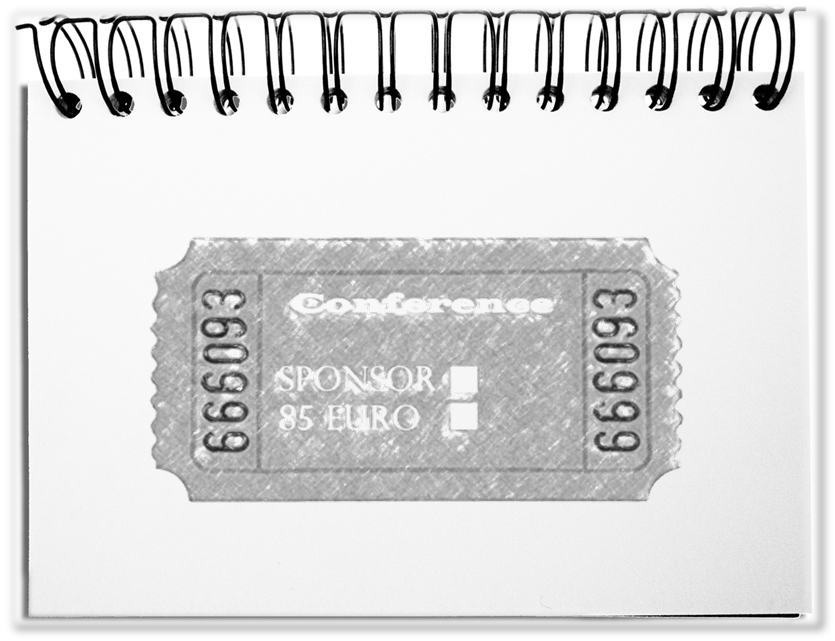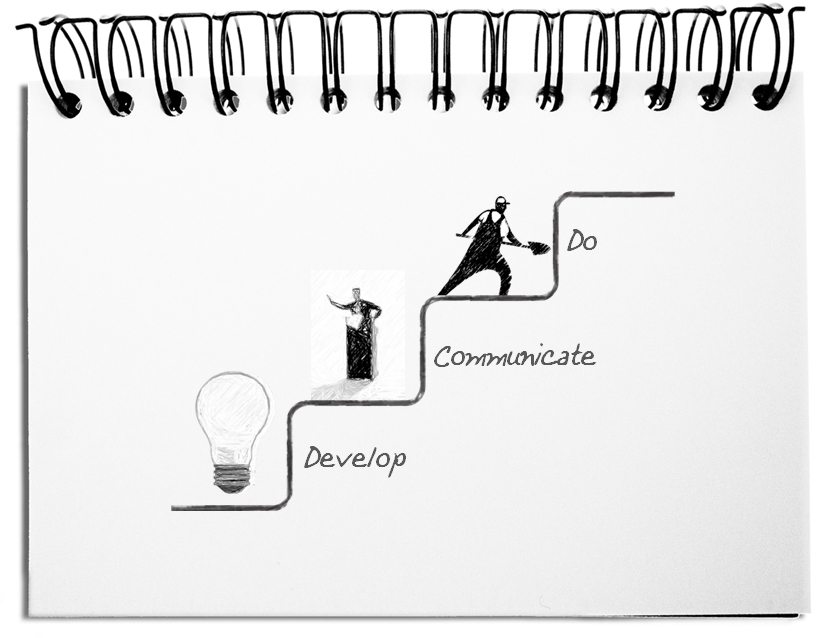It is a difficult balancing act to filter one out of two unpleasant solutions. The choice between pest and cholera only gives hopes that both will not happen – although fate could still pass you by. And then, because of the different interpretations, additionally many have the public hounding them. There seems to be no way out for the favorable representation of one’s intentions. No matter which solution you choose, you will always be shown that it is the wrong one. A good example is the current debate on the sponsorship of events by political organizations, such as the EU. Can a soft drink producer support an event financially without being under general suspicion of trying to influence?
This is a dilemma for the organizers. If sponsoring takes place, it is assumed that the companies buy favorable decisions from politicians. If the organizers renounce the funding by the industries, it could result in the fact that somebody is accused of wasting public funds. Where is the way out of this dilemma? The following steps will help you find your way out of this desperation.
- Understanding
Nowadays, news are almost simultaneously in the media. The immediate consequences often only become clear afterwards. The experienced reporter has a sharpened eye for interesting matters. If then the logo of a soft drink manufacturer is emblazoned on the event sign of a political association with the note “sponsored by”, then speculations start. It is important to understand the situation. Sponsor or not? Influenced or not?
The real dilemma should be clear; otherwise you will make the wrong conclusions. - Rating
After recognizing the dilemma, you should work out the pros and cons. What speaks for one perspective and what for the other? What are the reasons against it? With this ProCon list you can classify the different options – by the way also the possibility of choosing none of the alternatives. This way you choose the lesser evil.
The real dilemma resolves by itself, since a reasonable decision is prepared. - Dissociating
The consequences resulting from the dismantling of the dilemma unfortunately still remains fatal. For this reason, the risks are separated into factual consequences and undesirable impressions. Factual consequences are physical or human damages. Damage can be minimized by means of preventive risk limitations or short-term crisis management. Public evaluations are opinions that damage one’s reputation. A coherent reasoning and comprehensive publication can help the audience to better understand their own point of view. However, in the end, the public still values at its own discretion based on the mediated “reality”
If the dilemmas are not practical emergencies, such as natural disasters, economic threats or war, then these are often political reasons that should be confronted politically with clarifying statements. - Accepting
The decisive factor of a dilemma is the fact that the predicament is not under control, but that somebody has to choose one of several undesirable alternatives. Doing nothing by shock-induced paralysis is only the last option. Through the above steps you understand better, which possibilities exist with which consequences. Since it is not possible of safely getting out of this clamp, it is important to accept the insolvability and to decide on one of the alternatives. You are aware of the consequences and initiate appropriate countermeasures.
The dilemma disappears, when you adopt the chosen solution – and above all when you are convinced that you are doing the right thing. - Explaining
The most important part of the solution is the justification. Since everyone is always the victim of a limited range of vision, we should always explain our solutions in such a way that others can develop their own opinions based on the available arguments. However, poor processing throws oil into the fire. For this reason, well prepared public relations are indispensable.
The dilemma is mitigated by proactive media work.
Bottom line: With the sensory overload in the media, attention is becoming an increasingly scarce commodity that everyone is ripping off – with the aim of selling products, services, or themselves. In this context, clever expressions about decisions that can be evaluated differently are a good way to fight for one’s share of attention. This means that all kinds of decisions are always placed on the gold scale. Starting point are mostly dilemmatic situations, such as sponsoring political events. If you get sponsored, you get suspected of being impressionable. If you pay, you waste taxpayers’ money. This desperation is solved by choosing an alternative, usually the one with the least damage. For this purpose you should understand the dilemma and estimating the advantages and disadvantages. As soon as you dissociate the consequences, you select a solution and explain it to the public. Do the least bad thing and talk about it. That’s how you get out of the dilemma.


